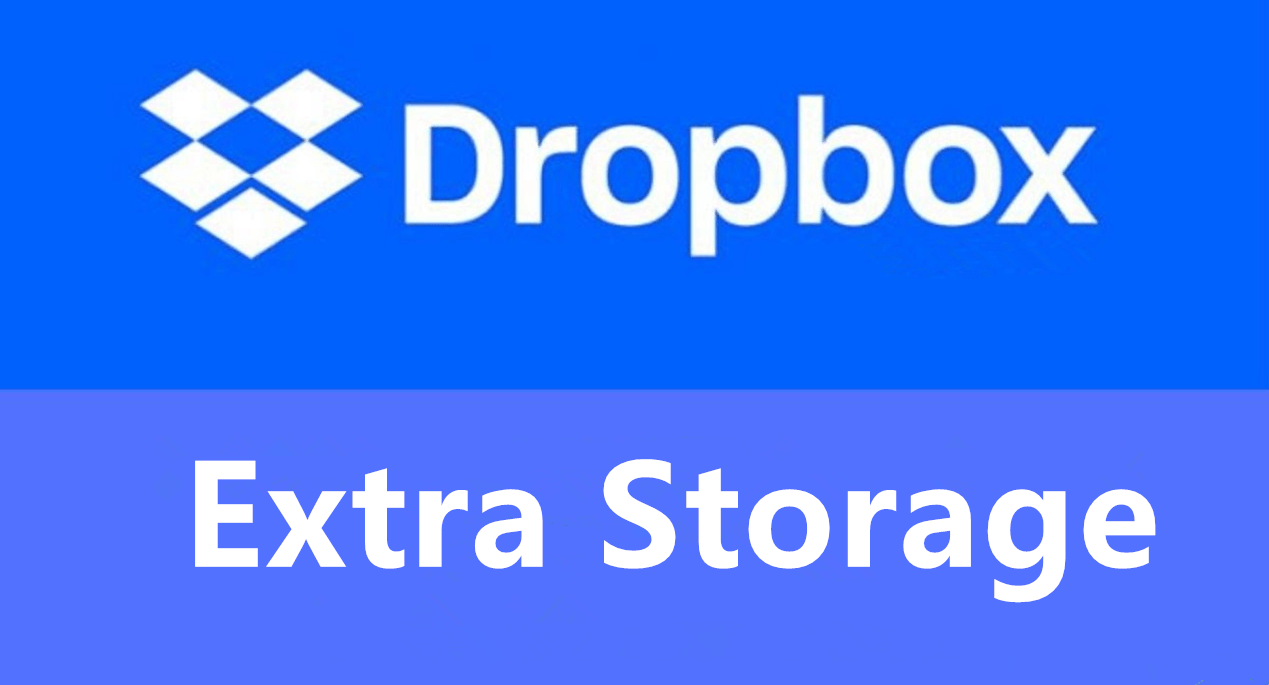Unfortunately, installing Debian GNU/Linux is not as straightforward as installing other Linux distributions. There are many obstacles that stop new and even experienced Linux users from installing Debian.
These obstacles include:
- Which ISO image to download? There are many Debian images.
- How to use the Debian partition manager. Its multiple windows may be confusing even for experienced Linux users.
- What if your Wi-Fi doesn’t work. This is the most common issue that stops many users from installing Debian.
- How to install Debian to get a sudo working?
- How to fix the repository CD-ROM error does not have a release file. Many new Debian users get this error after the installation and do not know how to fix it.
This Debian installation guide will explain how to overcome these issues and give you an overview of the Debian installation.
There are several options to download the installation ISO:
- Small installation image
- Complete installation image
- Cloud image
- Live images
- Unofficial non-free images
A small Debian installation image has only a minimal set of packages. It is enough to boot the system and launch the installer. The rest is to be download from the network. If you have a fast enough internet, I recommend downloading exactly this small network installation image.
Complete installation image
A complete Debian installation image images offer little larger ISOs and can be used without the internet. If your internet is slow, or you have no internet access on the computer where you want to install Debian, I recommend downloading the Debian DVD image.
Cloud images
Cloud Images are tailored for Cloud systems. These images are 64-bit and can be used for Amazon EC2, Azure, GCE, OpenStack, Plain VM.
Live images
If you do not know which Debian flavor to install, you can try them all with Debian Live images.
Each image has Debian with a specific desktop. You can write these images to a USB stick and test Debian in a Live mode on your hardware.
Unofficial non-free images
Non-free Debian images are less known Debian images. They include proprietary packages such as Wi-Fi and Video drivers. Debian insists on using exclusively free software, so that’s probably why these images are so hidden. You won’t find them on the Debian website right away. They are not available on the Download page. You need to make some effort to find them. Luckily, you can use the link below to get to the non-free image of Debian. If you experience any problem with Wi-Fi connection or Video performance when you use the standard Debian ISO, try using a non-free image. It should fix your issue.
Reference: https://youtu.be/P4J_99cS7Bg









